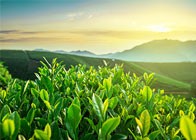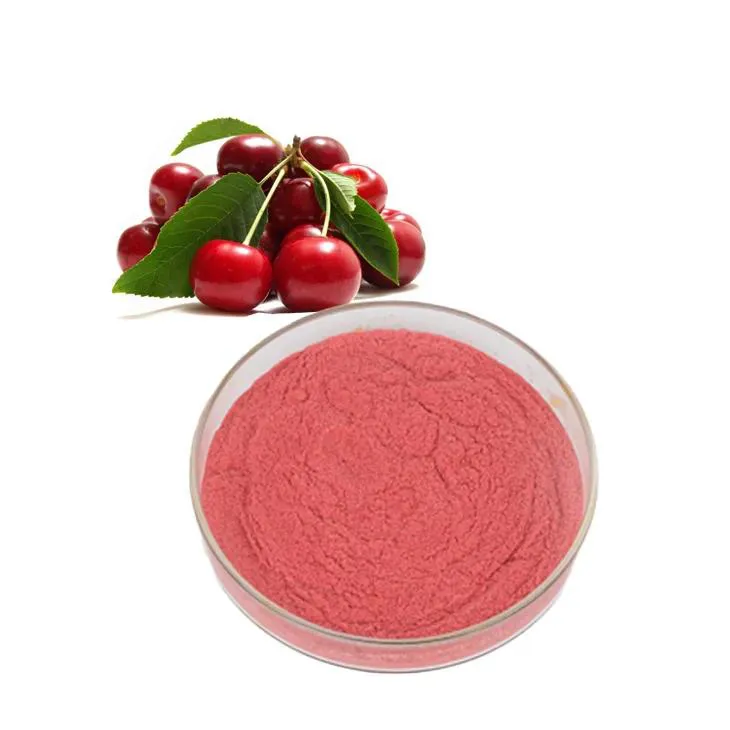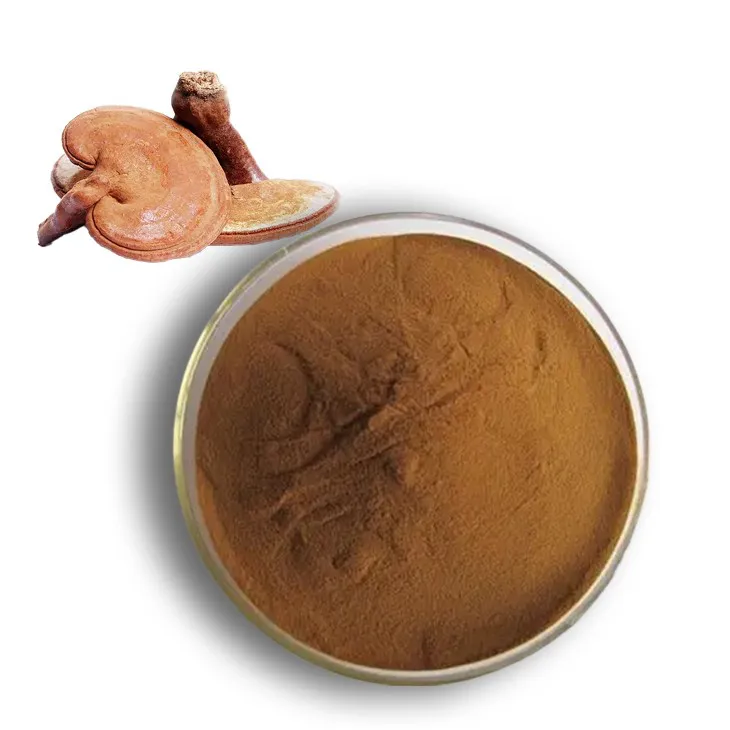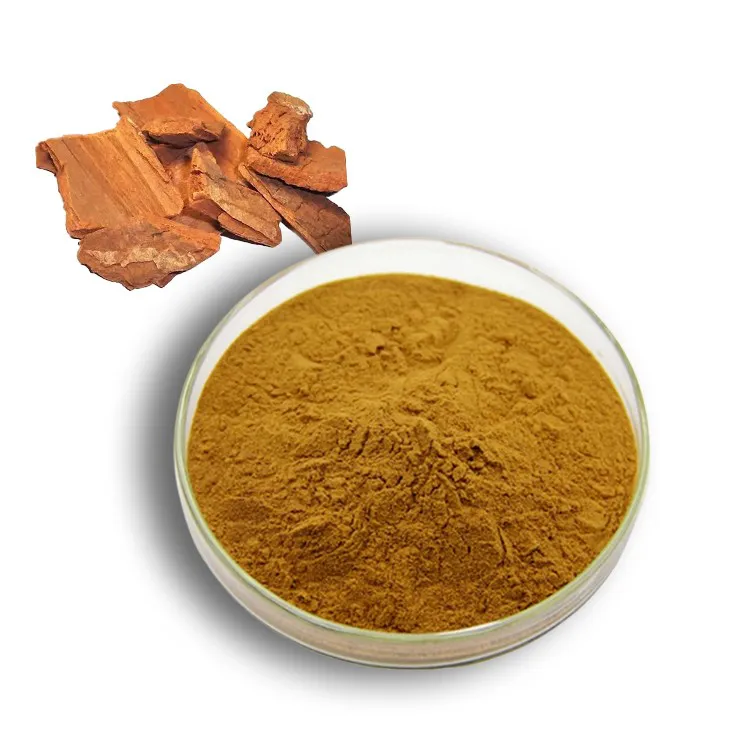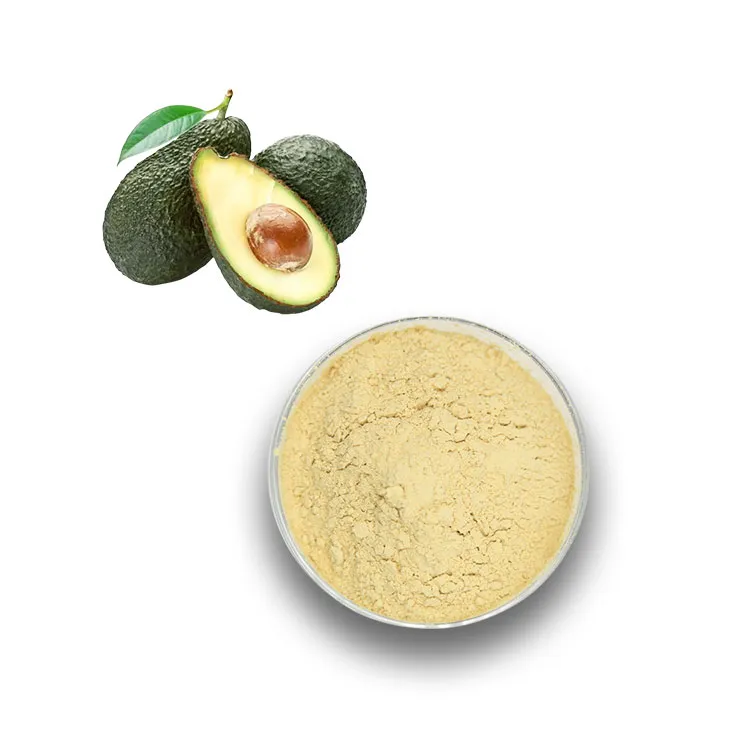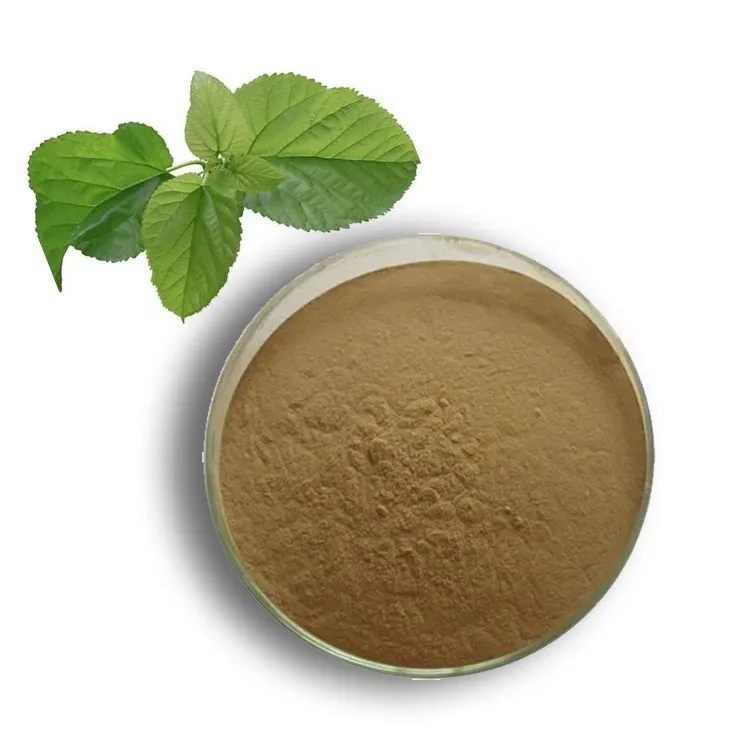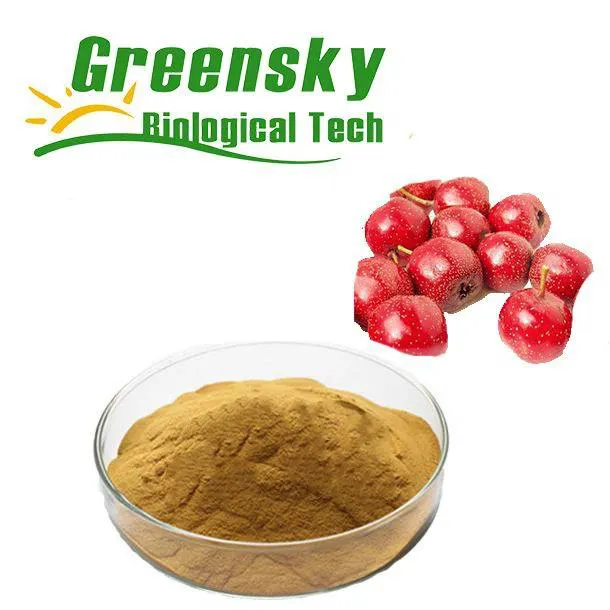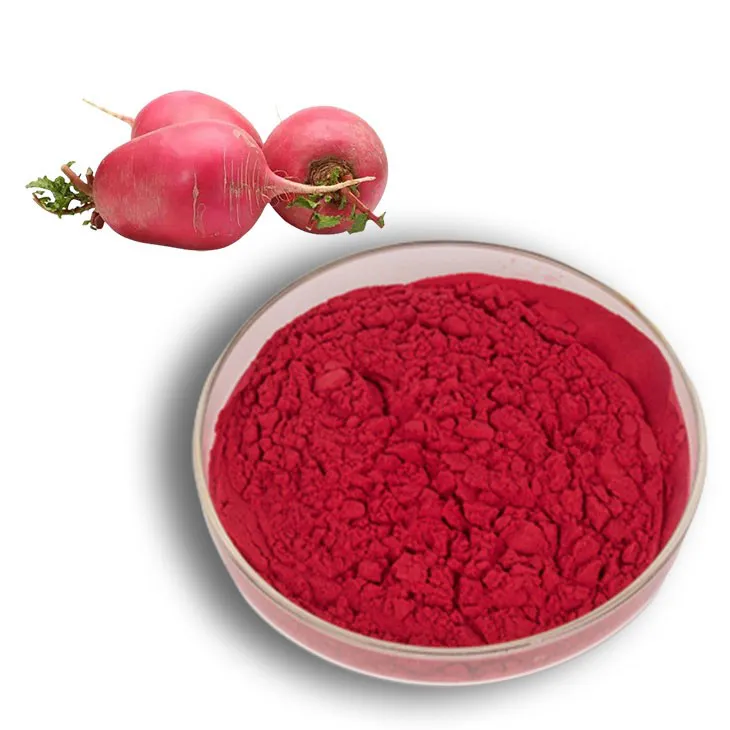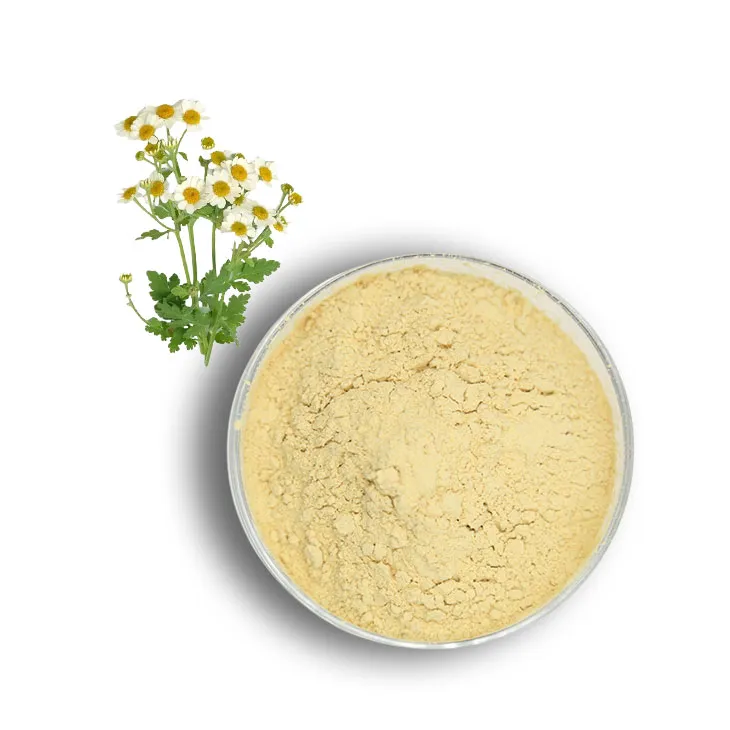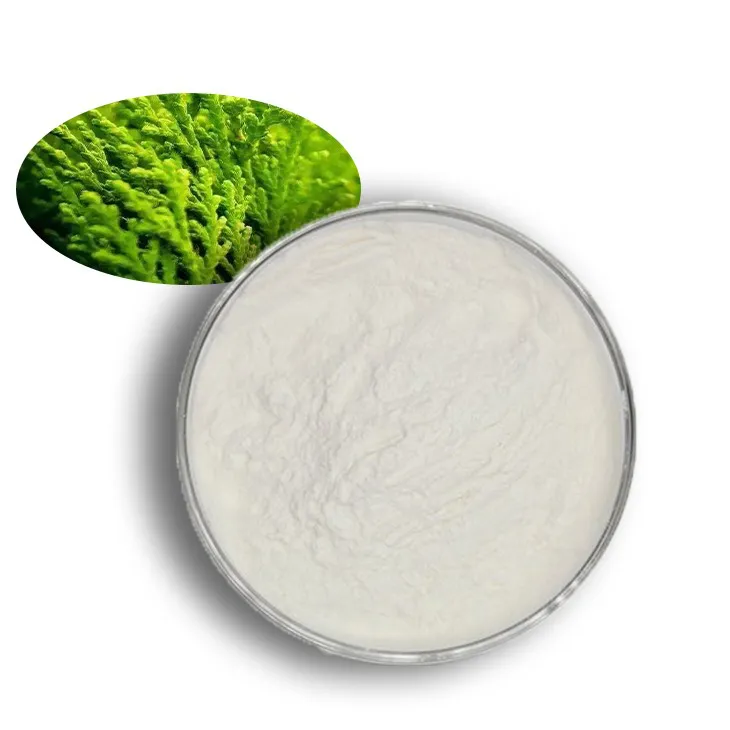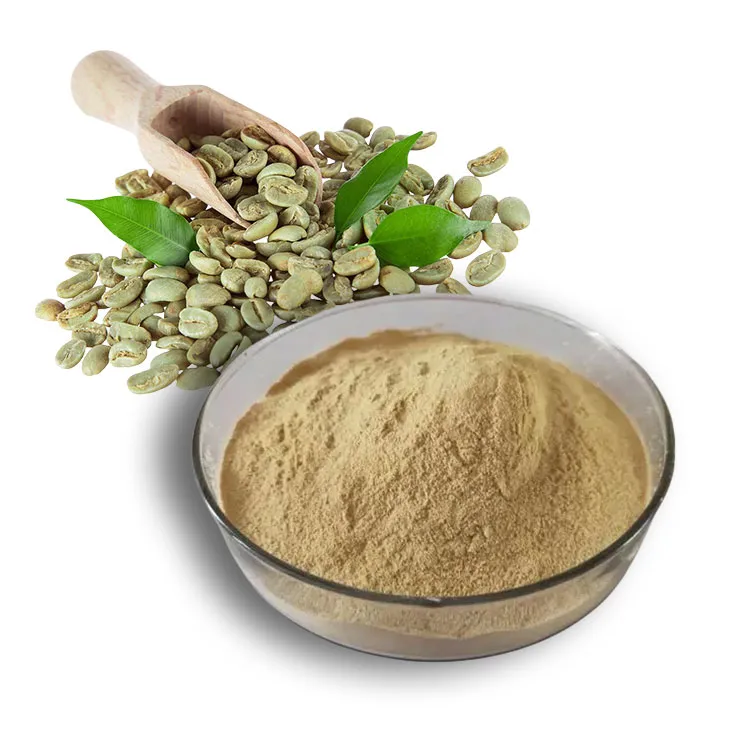- 0086-571-85302990
- sales@greenskybio.com
Herbs vs Extracts: what is the Differences?
2025-05-18
In the realm of natural health and culinary arts, the terms "herbs" and "extracts" frequently emerge, often used interchangeably by consumers and enthusiasts alike. However, these terms represent distinct concepts with unique characteristics, applications, and benefits. Understanding the difference between herbs and extracts is essential for anyone wishing to optimize their use in cooking, medicine, or supplements.
What Are Herbs?
Herbs refer to plants that are valued for their flavor, scent, medicinal properties, or other qualities. They are usually derived from the leafy green parts of plants and are used in their freshest state, dried, or powdered. Some common examples of culinary herbs include basil, parsley, rosemary, and thyme, while medicinal herbs include chamomile, echinacea, and ginseng.
Herbs have been utilized for centuries across various cultures for their therapeutic properties and as essential components in traditional medicine systems such as Ayurveda, Traditional Chinese Medicine, and herbalism. They are praised not only for their ability to enhance the flavor profile of dishes but also for their health benefits, ranging from anti-inflammatory and antioxidant effects to immune support and stress relief.
Herbs in their raw form can be consumed directly or brewed into teas. When using herbs in cooking, they can be added to dishes in multiple ways—fresh, dried, or whole—with each form offering distinct flavors and intensities. In medicine, herbs can be consumed whole, encapsulated, or brewed into decoctions to harness their health-promoting properties.
What Are Extracts?
Extracts, on the other hand, are concentrated forms derived from plant material. The process involves using a solvent (such as alcohol, water, or glycerin) to pull out the active constituents of the plant, creating a potent liquid substance that preserves the plant's therapeutic qualities. This process aims to capture the essence of the herbs, making extracts powerful versions that can deliver more pronounced benefits in smaller quantities.
There are various methods of extraction, including cold extraction, steam distillation, maceration, and percolation, each tailored to the type of plant and the desired end product. The resulting extract can vary in form, ranging from liquid tinctures and essential oils to powdered extracts used in dietary supplements and cosmetics.
Herbal extracts are widely utilized in the health and wellness industry, due to their convenience of use and ability to provide precise doses of active ingredients. They are often used in aromatherapy, herbal remedies, dietary supplements, and skincare products. Essential oils, for example, are commonly used for their aromatic qualities and therapeutic benefits when diffused or applied topically.
Key Differences Between Herbs and Extracts
1. Form and Concentration: The most significant difference between herbs and extracts lies in their form and concentration. Herbs are typically consumed in their natural, unprocessed state, whereas extracts represent a concentrated version where active constituents are extracted and isolated. This means extracts often provide a more potent dose of the plant's properties.
2. Usage and Versatility: Herbs are versatile and used across culinary, medicinal, and aromatic applications. Extracts, while also versatile, tend to be more focused on therapeutic and industrial uses, such as aromatherapy and manufacturing.
3. Preparation and Consumption: Herbs can be consumed directly or with minimal preparation, such as chopping or grinding. Extracts generally require a complex extraction process to create and are consumed in precise dosages, often determined by droppers or capsules.
4. Storage and Shelf-Life: Herbs, especially fresh ones, tend to have a shorter shelf-life and require proper storage conditions to maintain their potency. Dried herbs extend shelf-life considerably but might lose some of their aromatic qualities. Extracts, due to their concentrated nature, typically have a longer shelf-life and retain their potency over time when stored properly.
Applications of Herbs and Extracts
Both herbs and extracts have diverse applications, each suited to their characteristics:
- Culinary: Herbs enhance dishes with fresh flavors and aromas. Extracts can be used to intensify flavors or in products where liquid forms are more practical, such as vanilla extract in baking.
- Medicine: Herbs are used to prepare teas, infusions, and poultices for holistic treatment. Extracts offer precision in concentration, making them ideal for supplements and tinctures requiring specific dosages.
- Cosmetics and Aromatherapy: Both are common in the cosmetic industry; herbs for their natural properties and extracts for concentrated benefits. Essential oils are popular extracts used in aromatherapy to promote mental and physical health.
Conclusion
Understanding the difference between herbs and extracts enables consumers to make informed choices, optimizing the benefits these plant-based products can provide across various domains. While herbs offer a fresh and traditional approach to plant usage, extracts provide a powerful alternative that maximizes potency and versatility. Choosing between them depends on the intended application, desired strength, and convenience.
As interest in natural products continues to grow, both herbs and extracts remain crucial components in the realms of cooking, health, and wellness. Expanding our knowledge about these valuable resources not only enhances their utilization but also grounds us in the rich tapestry of tradition and innovation that underscores their existence.
- ▶ Hesperidin
- ▶ Citrus Bioflavonoids
- ▶ Plant Extract
- ▶ lycopene
- ▶ Diosmin
- ▶ Grape seed extract
- ▶ Sea buckthorn Juice Powder
- ▶ Fruit Juice Powder
- ▶ Hops Extract
- ▶ Artichoke Extract
- ▶ Mushroom extract
- ▶ Astaxanthin
- ▶ Green Tea Extract
- ▶ Curcumin
- ▶ Horse Chestnut Extract
- ▶ Other Product
- ▶ Boswellia Serrata Extract
- ▶ Resveratrol
- ▶ Marigold Extract
- ▶ Grape Leaf Extract
- ▶ New Product
- ▶ Aminolevulinic acid
- ▶ Cranberry Extract
- ▶ Red Yeast Rice
- ▶ Red Wine Extract
-
Acerola Juice Powder
2025-05-18
-
Reishi mushroom extract
2025-05-18
-
Yohimbine Bark Extract
2025-05-18
-
Avocado Extract Powder
2025-05-18
-
Mulberry leaf Extract
2025-05-18
-
Hawthorn Extract
2025-05-18
-
Beetroot Powder
2025-05-18
-
Feverfew Extract
2025-05-18
-
Carrageenan Extract Powder
2025-05-18
-
Green coffee bean Extract
2025-05-18

